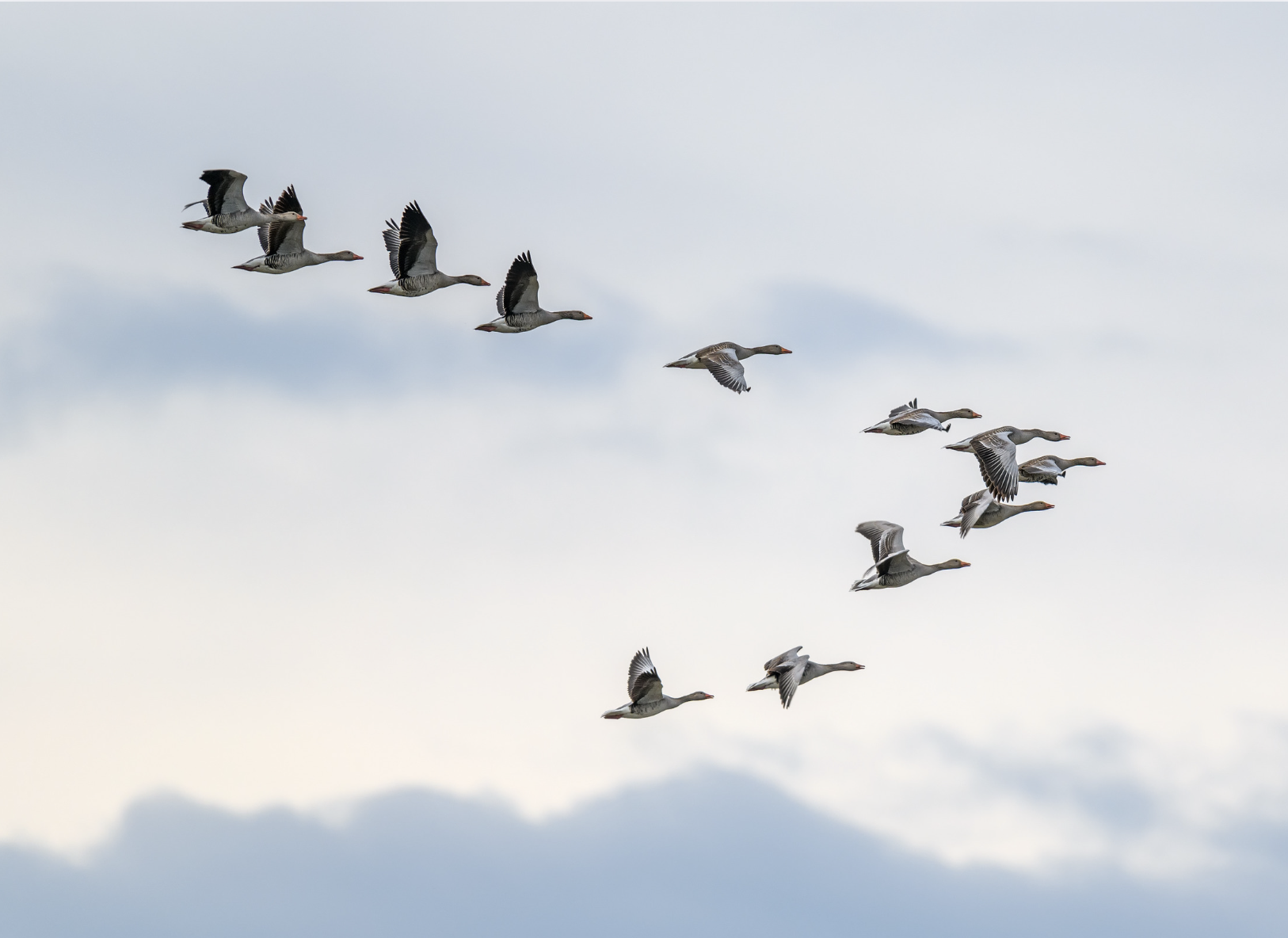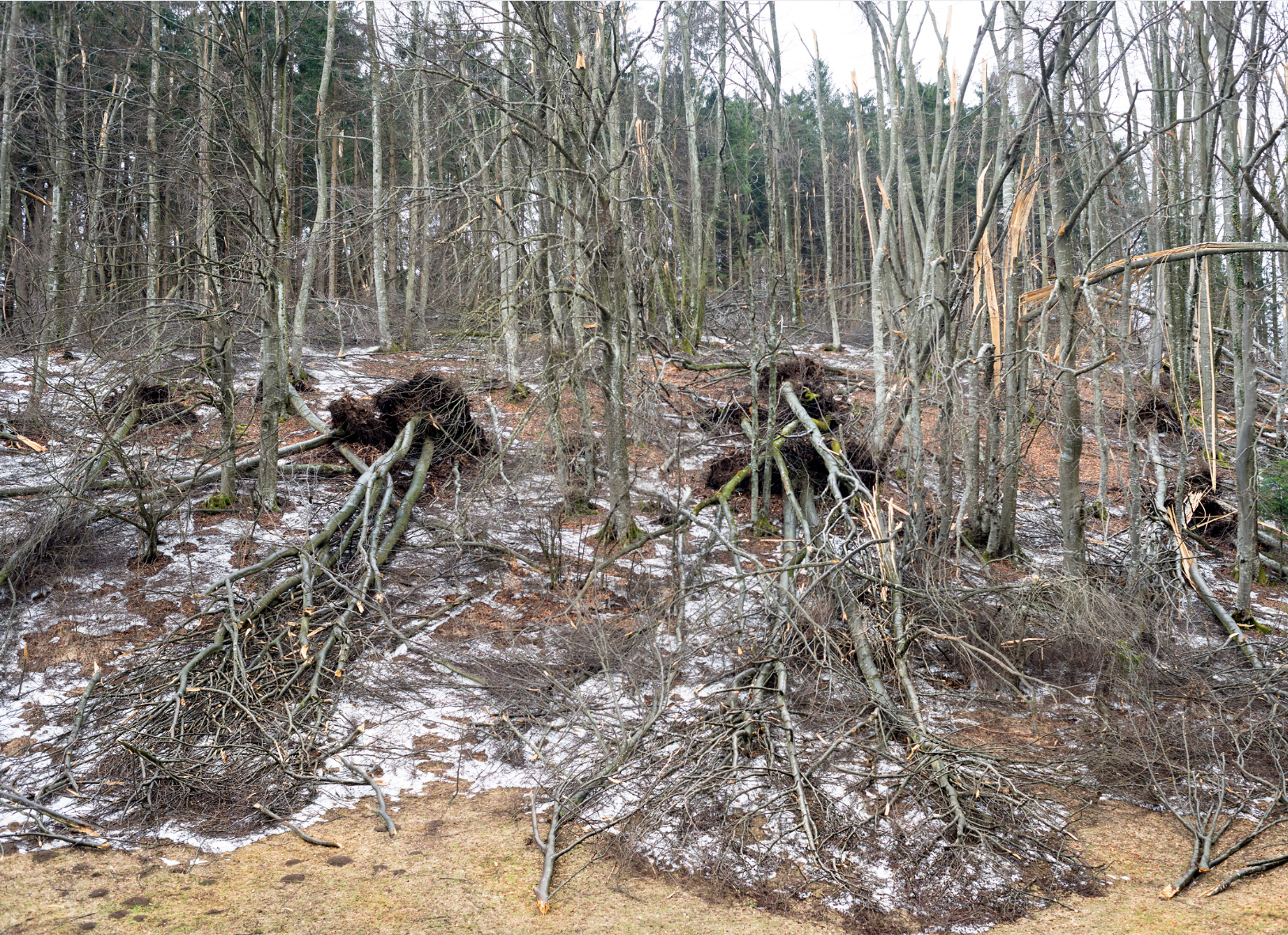
Migration is one of the most remarkable phenomena in the animal kingdom, a process that has intrigued scientists, conservationists, and naturalists alike. Animals, from tiny insects to giant mammals, embark on epic journeys across vast distances, following instincts driven by the need for survival, reproduction, and seasonal changes. These migratory patterns can be driven by various environmental factors such as temperature, food availability, and breeding needs.
The journey from one place to another is not only a testament to the resilience and adaptability of these creatures but also a critical part of the ecosystem’s balance. In this blog post, we’ll explore the fascinating world of migration, looking at the causes, the challenges faced during migration, and examples from different species that undertake these long, grueling journeys.
The Science of Migration: Why Do Animals Migrate?
Migration refers to the seasonal movement of species from one region to another. This natural process occurs across the animal kingdom, with birds, fish, mammals, and insects all participating in migrations. The primary reasons for migration generally fall into two categories: food and reproduction.
For instance, birds often migrate to warmer climates in the winter to find food in abundance and avoid the cold that can restrict their survival chances. Other species, like sea turtles, travel thousands of miles to lay eggs in specific, often ancestral, locations where conditions are ideal for hatching. In fact, migration can be seen as a complex and adaptive strategy for survival, allowing species to thrive in environments where resources are seasonally scarce.
Another important aspect of migration is the role of instincts and environmental cues. Many migratory species rely on innate navigational skills to find their way to breeding grounds or feeding areas. These cues can be triggered by a range of factors, including changes in day length, temperature shifts, and even the Earth’s magnetic field. Some species even have the ability to sense the position of the stars or the sun, helping them navigate across vast and often unfamiliar territories.
The Challenges of Migration: A Test of Endurance
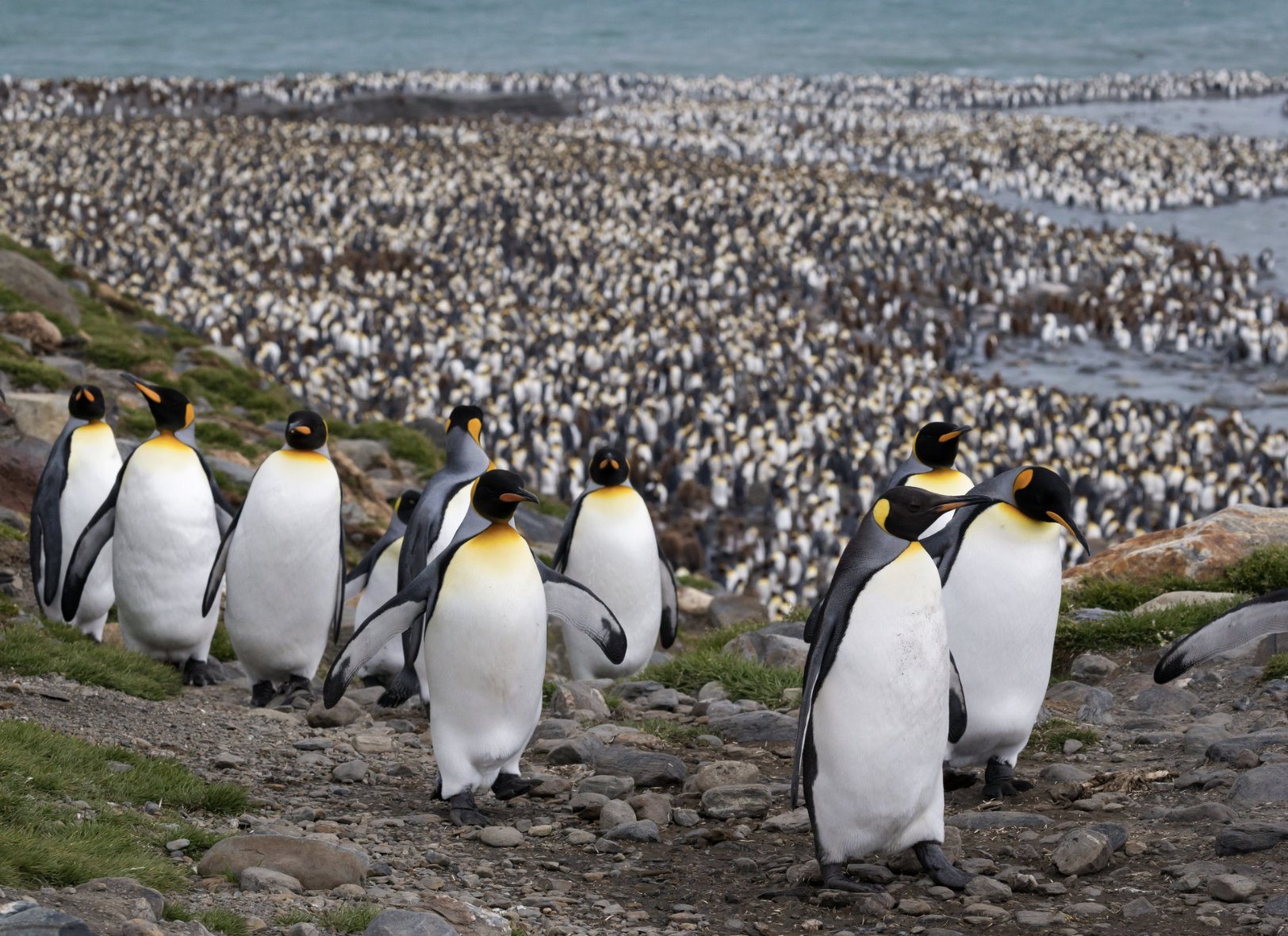
Migration is no easy feat. It is often a perilous journey fraught with dangers, making it a true test of endurance. The challenges of migration vary depending on the species, but common hurdles include long distances, hostile weather conditions, and predation.
1. Long Distances: Many migratory species travel thousands of miles. For instance, the Arctic Tern, a small bird, holds the record for the longest migration of any animal, flying from its breeding grounds in the Arctic to the Antarctic and back again—an annual round-trip distance of about 25,000 miles (40,000 km). This incredible journey involves navigating harsh weather conditions, treacherous waters, and numerous geographical obstacles, yet the tern completes this migration annually, a remarkable feat of endurance.
2. Weather and Climate: The effects of weather on migration can’t be overstated. Storms, extreme temperatures, and changes in seasonal patterns can all affect migratory species’ journeys. For example, many marine species, like the green sea turtle, rely on ocean currents to help them travel between feeding and nesting areas. However, when these currents are altered by climate change, the turtles can become stranded or disoriented. Climate change is increasingly seen as a threat to the migratory patterns of many species, forcing them to adjust their routes or face declining populations.
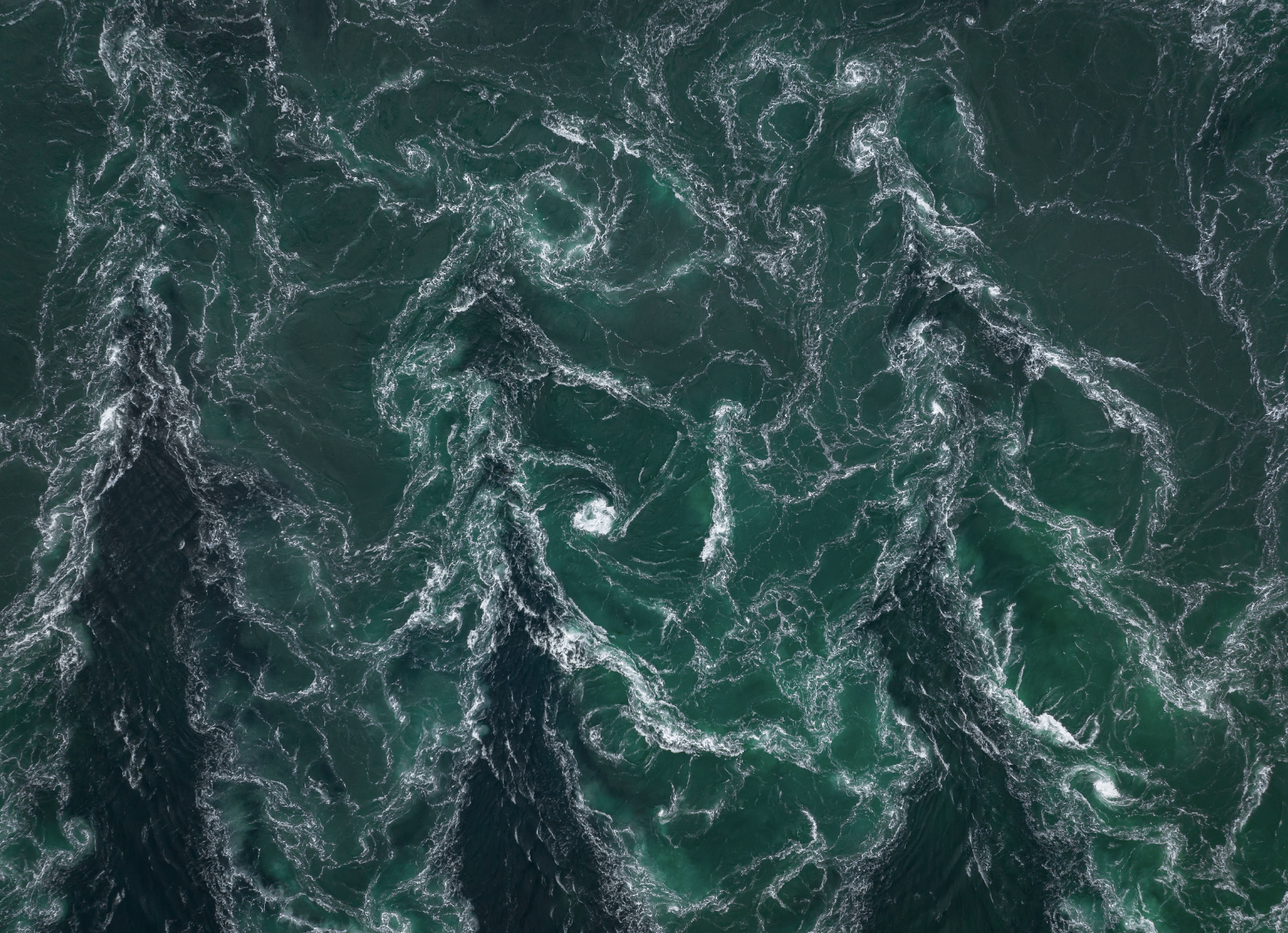
3. Predation and Competition: Migrating animals also face the risk of predation. Birds, for example, often travel in flocks to increase safety from predators, but they still have to contend with natural threats, such as birds of prey and even larger mammals. In the case of migratory fish, such as the salmon, they must swim upstream to spawn, often encountering predators like bears and otters, as well as facing the struggle of navigating obstacles like dams.
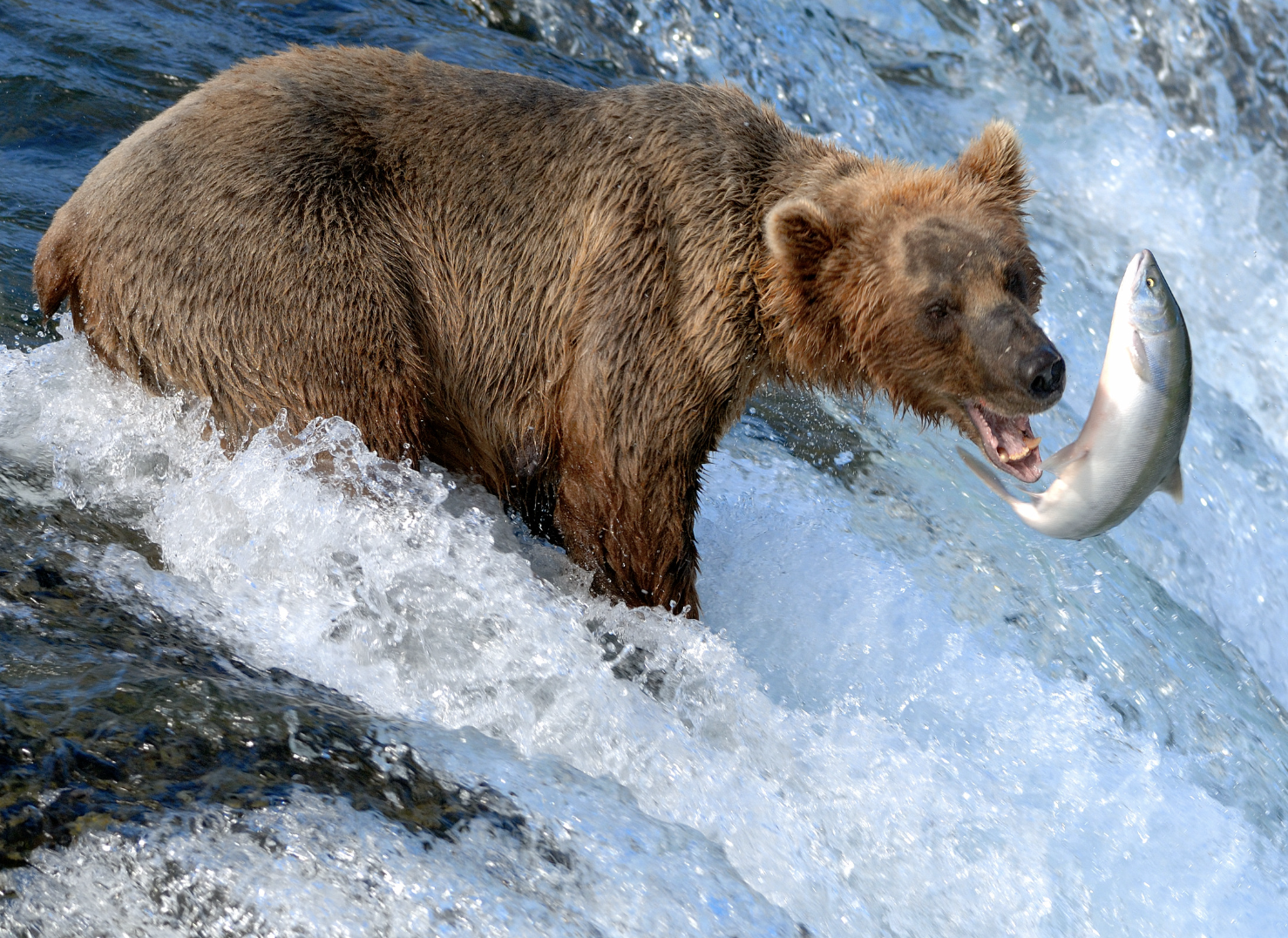
4. Energy Depletion: Migration requires vast amounts of energy. Migrating animals must accumulate fat reserves before embarking on their journeys to fuel the long distances ahead. For species like the monarch butterfly, which travels up to 3,000 miles from North America to Mexico, the migration is exhausting and physically demanding. Along the way, they need to rest and refuel, but food sources may not always be available, which increases the difficulty of the journey.
Famous Migration Examples Across Species
Migration patterns are as diverse as the species that engage in them. Here are some examples of the most famous migrations across the animal kingdom:
1. The Monarch Butterfly Migration
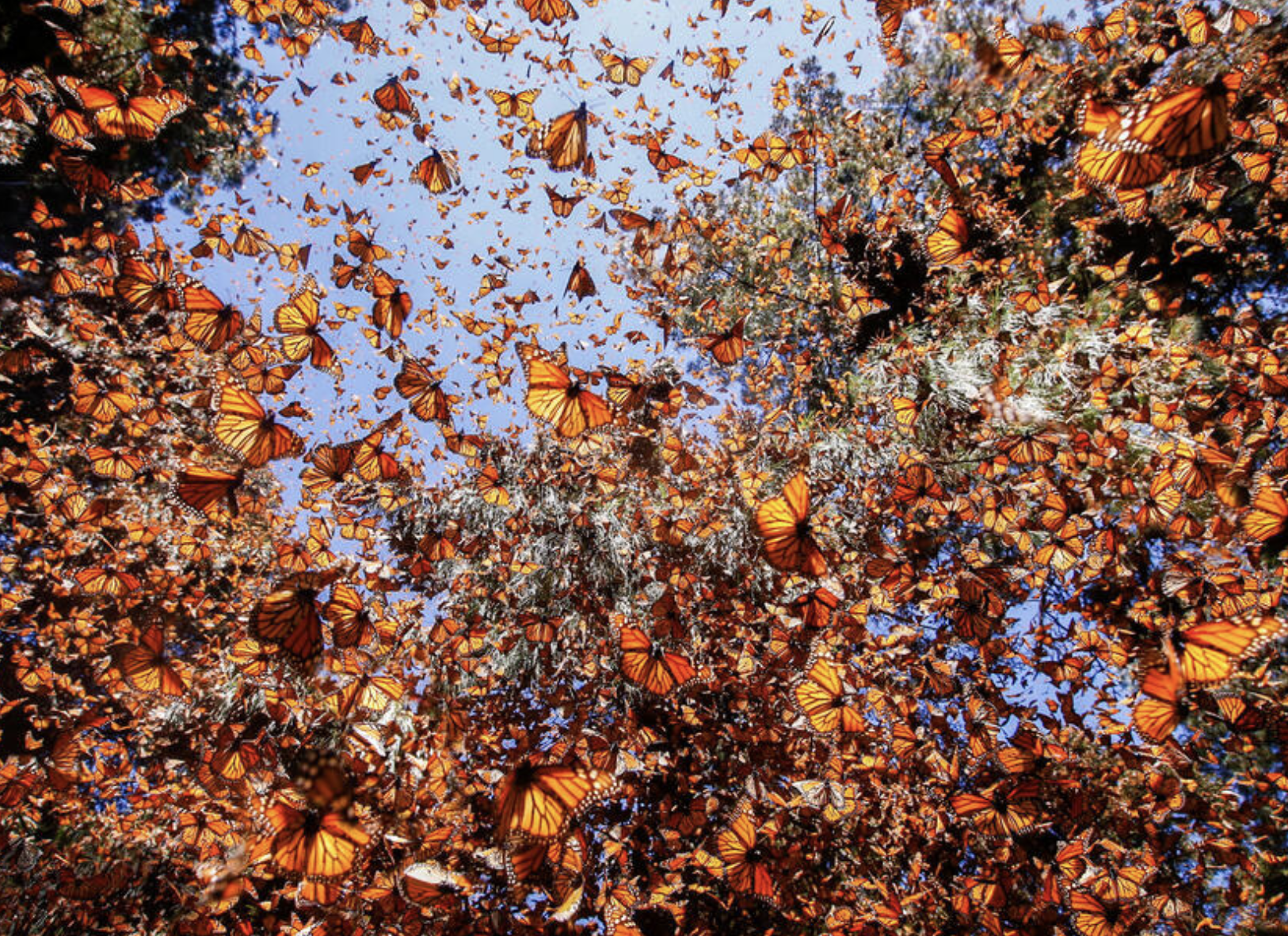
The monarch butterfly (Danaus plexippus) is known for its extraordinary migration journey. Each year, millions of monarchs travel from the United States and Canada to the forests of central Mexico, where they spend the winter in a form of hibernation. This migration, which spans up to 3,000 miles, is not driven by instinct alone—monarchs must also navigate by an internal “compass” and rely on environmental cues to find their way. The incredible aspect of this migration is that the butterflies that make the journey south may not be the same individuals that return in the spring, as their offspring take over the return journey north.
2. The Wildebeest Migration in Africa
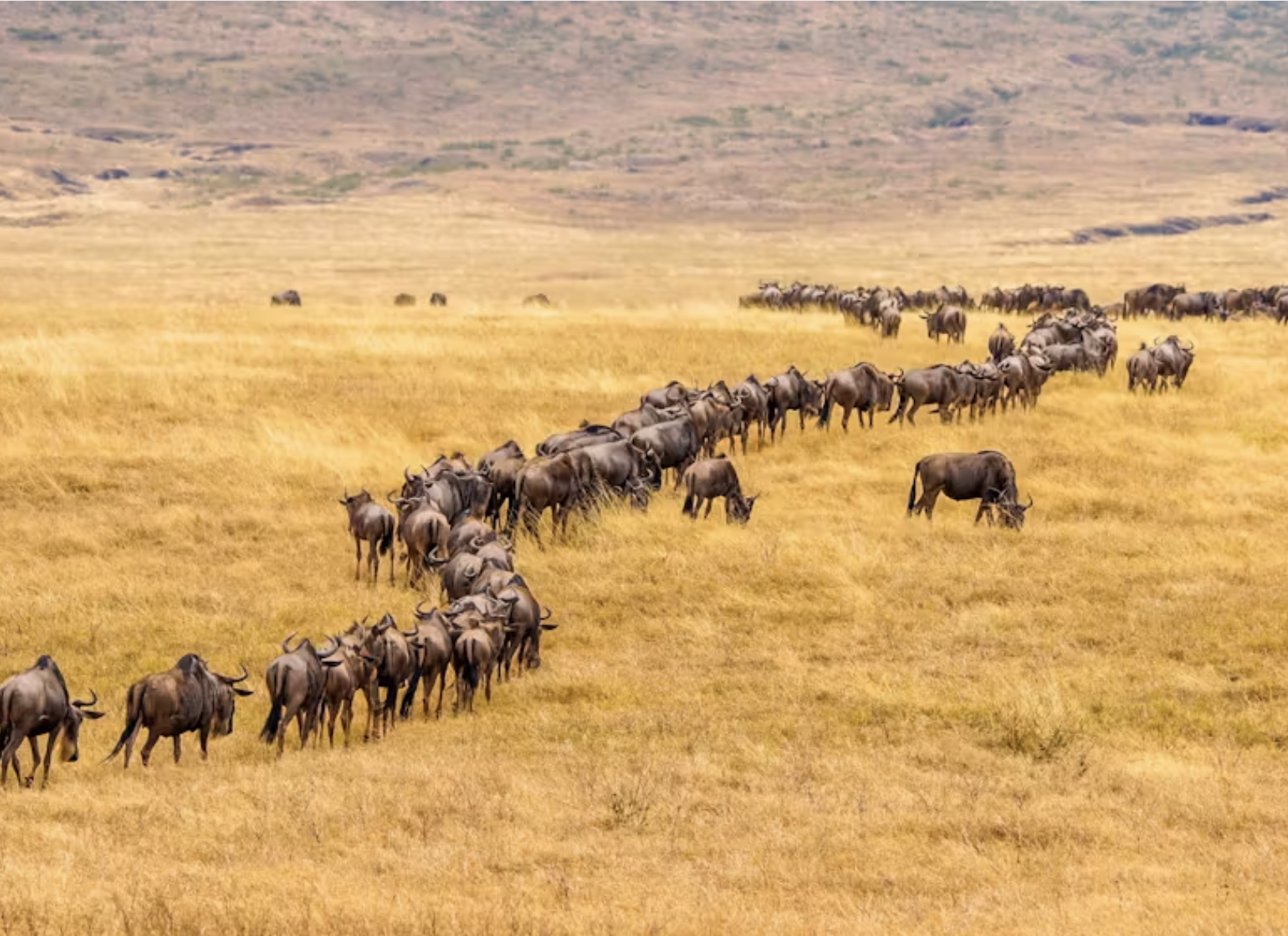
One of the most well-known migratory events in the animal kingdom is the wildebeest migration in Africa. Every year, over a million wildebeests, along with zebras and gazelles, travel across the Serengeti in Tanzania to the Masai Mara in Kenya. The migration is driven by the search for food and water, but it is also a dangerous journey, with many animals facing threats from predators like lions and crocodiles, as well as challenges from the harsh landscape. The wildebeests’ annual migration is a stunning display of endurance and survival.
3. The Humpback Whale Migration
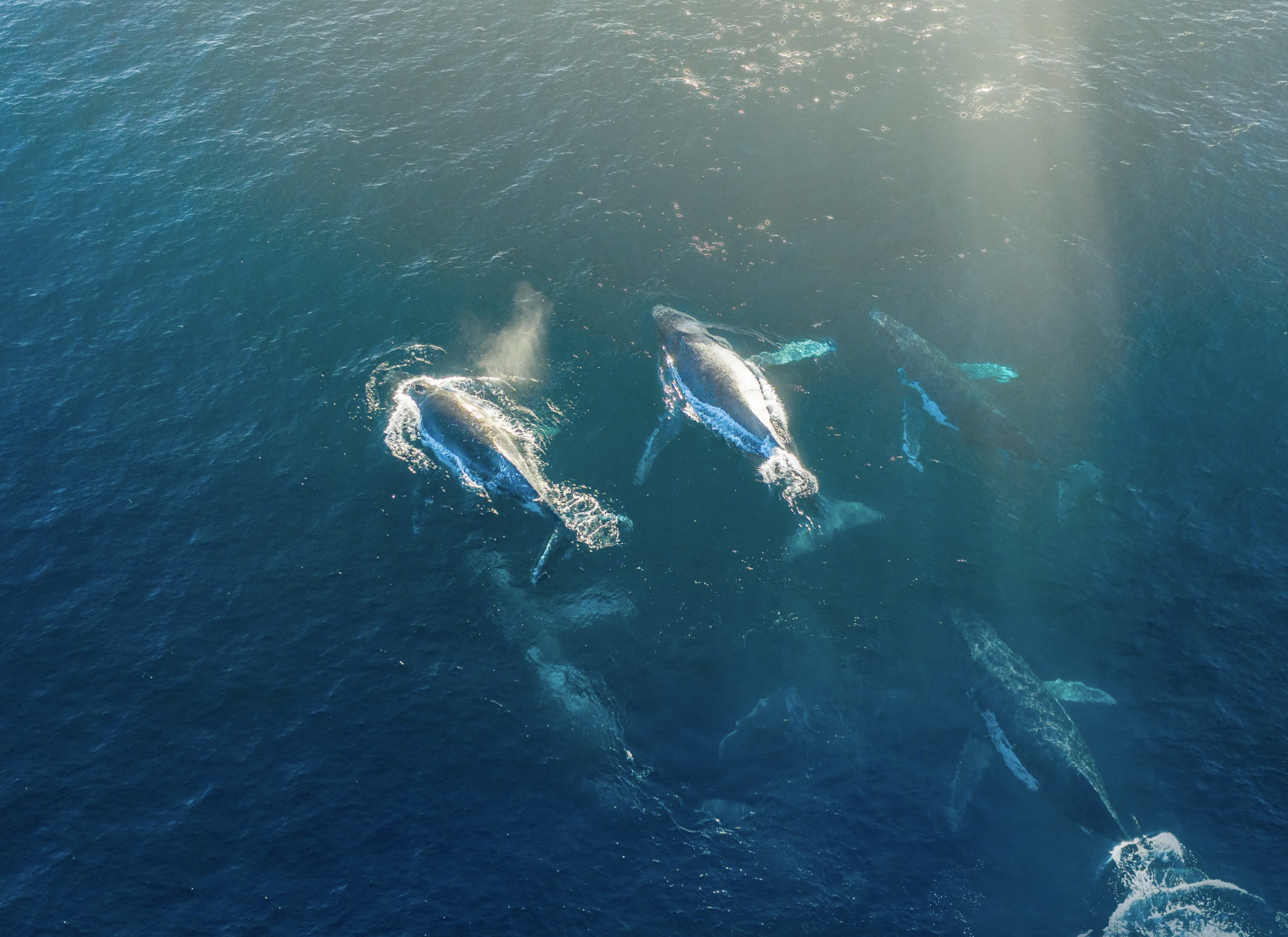
Humpback whales engage in one of the longest migrations among mammals. These majestic creatures travel from their feeding grounds in the cold waters of the Arctic and Antarctic to the warmer waters near the equator, where they mate and give birth. The migration can stretch up to 5,000 miles, with the whales taking several months to reach their destination. This journey is fueled by the need to find abundant food and favorable conditions for giving birth. The humpback whale’s migration also highlights the interconnectedness of ocean ecosystems as the creatures travel through different marine environments during their long voyage.
4. Sea Turtle Migration
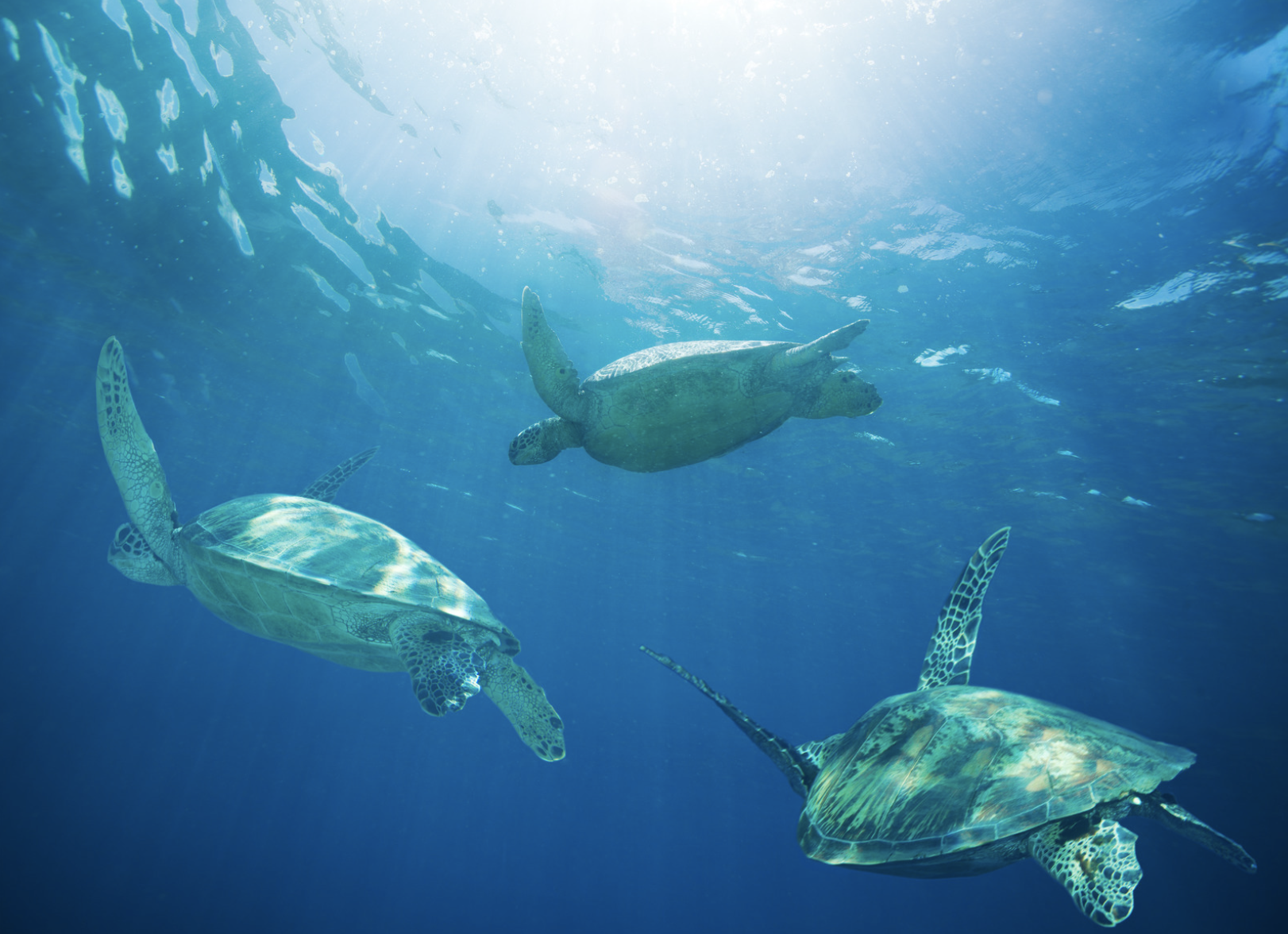
Sea turtles, particularly species like the leatherback sea turtle and green sea turtle, are known for their epic journeys across the globe. These ancient reptiles spend most of their lives in the ocean, but they return to land to lay their eggs. Their migrations can span thousands of miles, crossing entire ocean basins. Leatherbacks, for example, can travel from the coast of North America to the waters of Central and South America. Despite the numerous obstacles they face—such as predators, humans, and the dangers of long-distance travel—sea turtles have been migrating across oceans for millions of years.
The Future of Migration in the Face of Climate Change
As climate change continues to impact ecosystems around the world, the future of migration is uncertain. Migratory patterns are already being altered, with some species shifting their routes in response to changing temperatures, weather conditions, and the availability of food. For example, birds may be arriving at their breeding grounds earlier than usual, while others may be delayed due to unpredictable weather.
Additionally, climate change is affecting the availability of habitats, food sources, and breeding grounds, putting even more strain on migratory species. To ensure the survival of these animals and their migration routes, conservation efforts need to focus on habitat protection, reducing pollution, and mitigating the effects of climate change. Without these efforts, the incredible journeys of migration could be jeopardized, leading to potential losses in biodiversity and the collapse of ecosystems that rely on migratory species.
Migration is a vital and inspiring process that connects ecosystems, species, and even continents. From the Monarch butterfly’s delicate journey to the vast migrations of wildebeest and humpback whales, these journeys represent the resilience of nature in the face of adversity. However, these migrations are under threat from human activity and climate change.
To protect these remarkable phenomena, it is crucial that we prioritize conservation efforts and ensure the survival of migration routes for generations to come. Understanding and appreciating the intricacies of migration can help us better understand the delicate balance of our natural world and the need to safeguard it.
